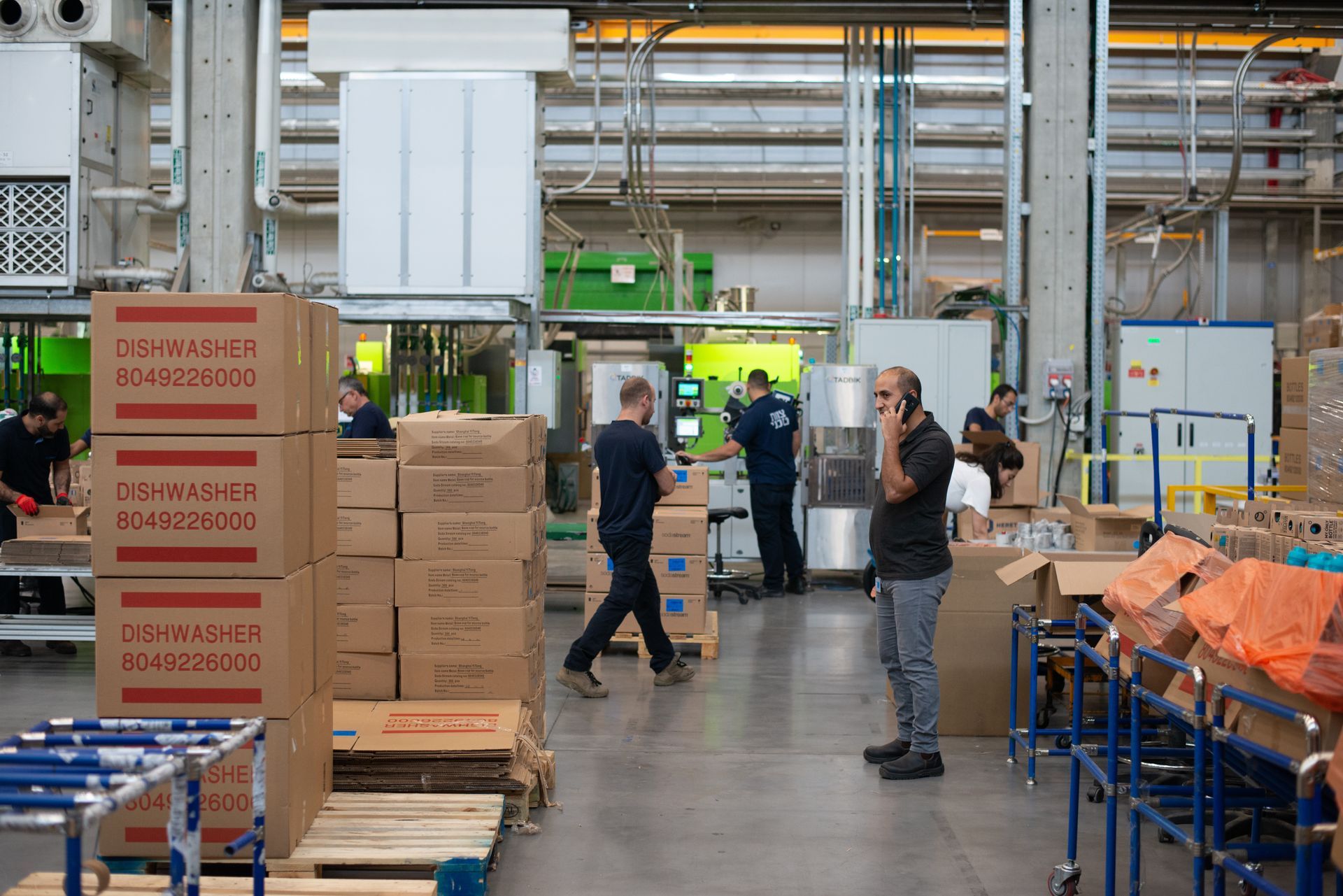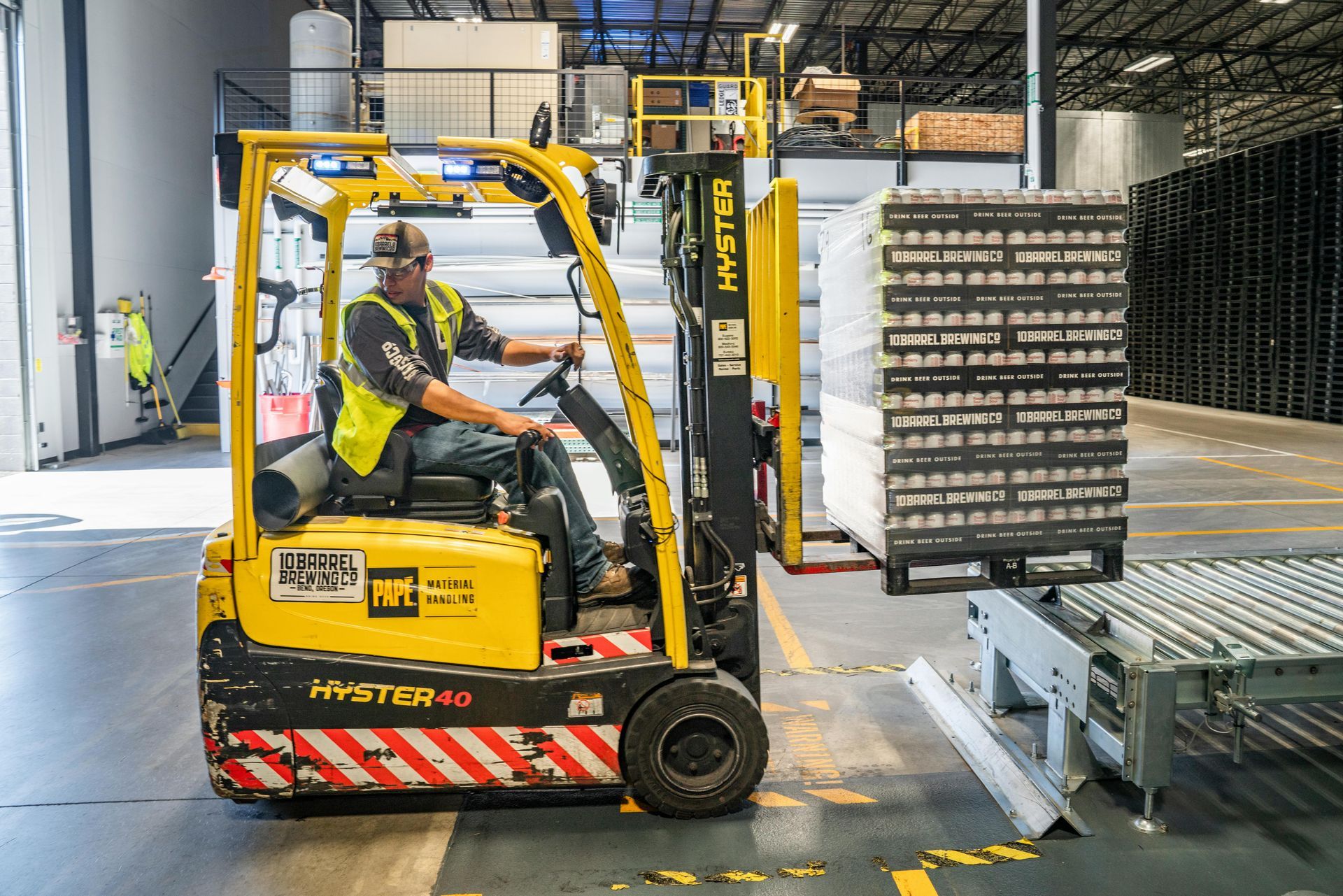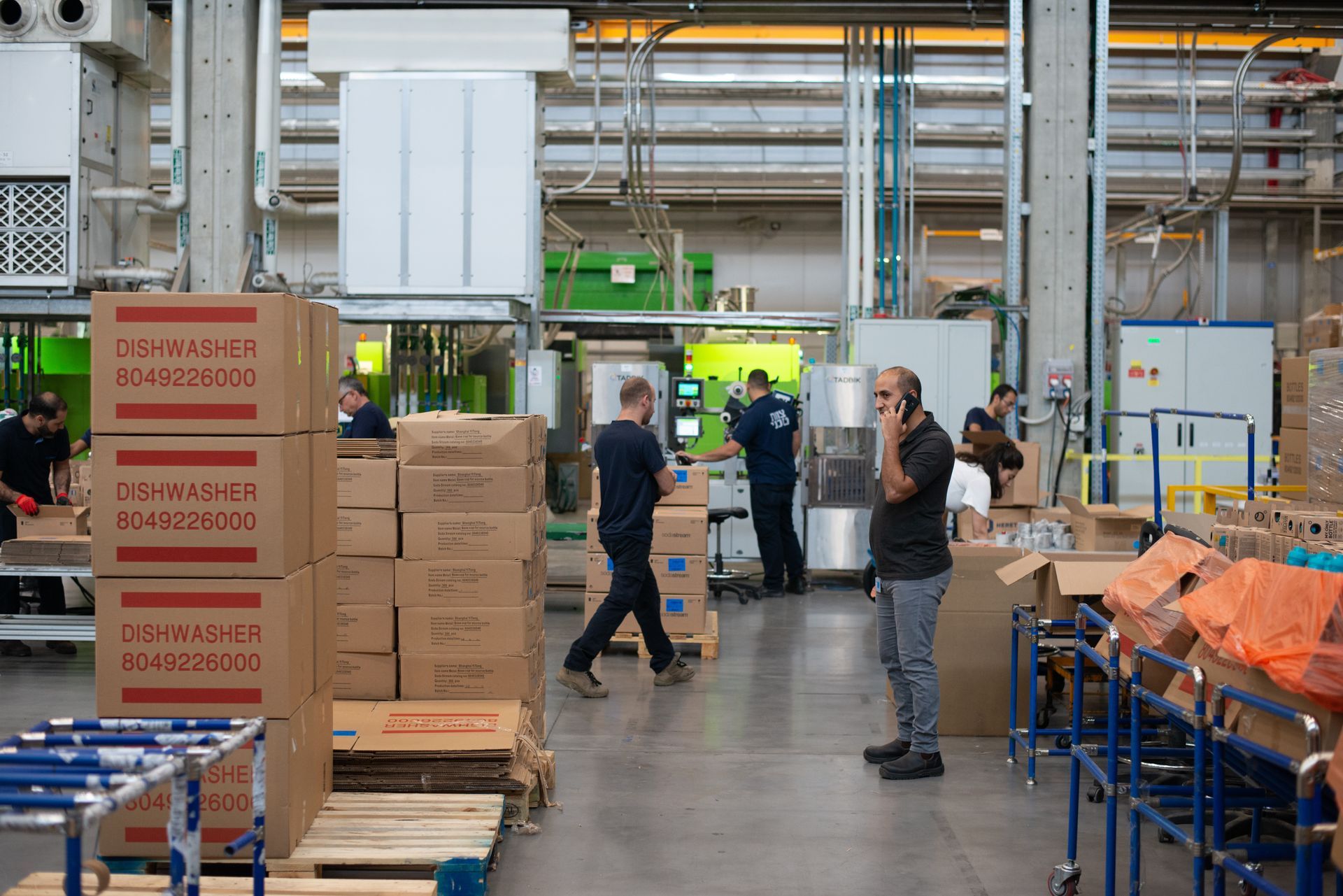Effective Leadership Strategies for the Warehouse Industry
As the pace of change accelerates in the warehouse industry, leaders face grand challenges in managing operations, processes, and workforce. Successful warehouse management requires an adaptable, strategic, and visionary leadership style — capable of navigating the evolving landscape.
As a leading player providing specialized staffing solutions in the automotive and warehouse sectors, Front Line All Temps understands the complex dynamics of warehouse management. Our tailored solutions are designed to equip warehouse leaders with the necessary workforce and management strategies to excel in the ever-changing sector.
In this blog post, we will discuss essential leadership strategies and tactics that can make a significant impact on the warehouse industry's overall success.
Core Leadership Skills for Warehouse Management:
Warehouse management requires a unique amalgamation of leadership skills to ensure an efficient, productive, and goal-oriented work environment. Here are four core leadership skills vital to thriving warehouse management:
1. Effective Communication: As a warehouse leader, clear communication is critical in ensuring that directives, goals, and expectations are accurately conveyed to employees. Additionally, active listening skills allow leaders to understand employee feedback and concerns better, creating a more collaborative and efficient workplace.
2. Decisive Decision-Making: In warehouse environments, quick and informed decisions can significantly impact productivity, safety, and employee satisfaction. Warehouse leaders must be able to make confident choices based on a thorough understanding of their operations and processes.
3. Problem Solving:
Warehouse managers must possess strong analytical skills to quickly identify problems, assess their causes, and develop effective solutions to overcome obstacles and constraints.
4. Strategic Vision:
Successful warehouse leaders must be capable of anticipating trends, identifying opportunities, and crafting long-term plans to bring their vision to fruition.
Empowering Employees in the Warehouse Sector:
An empowered and motivated workforce is crucial to the success of any warehouse operation. Here are some key strategies for empowering employees in the warehouse sector:
1. Offer Training and Development Opportunities:
Providing your employees with training and development opportunities can boost their confidence, performance, and productivity. They can acquire valuable skill sets, engage in continuous learning, and gain a sense of accomplishment.
2. Delegate and Trust:
Promote autonomy by entrusting employees with increased responsibility and decision-making authority. Encouraging ownership and accountability can enhance employee satisfaction and productivity.
3. Recognition and Rewards:
Regularly acknowledge and reward employees for their hard work, achievements, and dedication. Recognition can be expressed through verbal praise, financial incentives, or non-monetary rewards such as paid time off, which can all contribute to higher levels of motivation and retention.
4. Foster a Transparent Workplace Culture:
Maintain open communication channels and actively seek employee feedback. Transparent communication fosters trust and engagement, creating a supportive work environment.
Implementing Change Management in Warehousing:
Adapting to change is a crucial aspect of warehouse leadership. Implement effective change management practices to help your company evolve and grow. Here are a few tips:
1. Communicate Clearly and Frequently:
Clearly convey the reasons for change, the benefits it will bring, and the steps required to implement it. Provide regular updates to ensure everyone is on the same page.
2. Encourage Employee Participation:
Involve employees in the decision-making process, and invite their input on proposed changes. Active involvement fosters a sense of ownership and makes it easier for employees to embrace change.
3. Provide Adequate Training and Support:
Equip employees with the skills and resources necessary to navigate change. Offer comprehensive training programs and provide ongoing support to help them adapt to new systems and processes.
4. Celebrate Success:
Acknowledge and celebrate milestones and successes throughout the change process. This helps maintain morale and motivation and reinforces the value of the change initiative.
Essential Leadership Styles for the Warehouse Sector:
There is no one-size-fits-all leadership style that guarantees success in the warehouse sector. Different situations call for different approaches. Here are a few leadership styles that can be effective:
1. Transformational Leadership: Inspire and motivate employees through a clear vision and a focus on development and growth. This approach encourages innovation, teamwork, and continuous improvement.
2. Servant Leadership: Focus on meeting the needs of your employees, fostering their growth, and prioritizing their well-being. This style leads to a culture of mutual respect, trust, and collaboration.
3. Democratic Leadership:
Encourage the active participation of employees in decision-making, empowering them with the autonomy to contribute ideas and solutions. This style fosters innovation and creativity.
4. Transactional Leadership:
Emphasize clear objectives, performance metrics, and rewards for achieving goals. This style is particularly effective in fast-paced, high-productivity environments.
Develop Leadership for Better Warehouse Management
Embracing effective leadership within the warehouse sector is instrumental in driving productivity, efficiency, and long-term success. By focusing on crucial aspects such as core leadership skills, employee empowerment, change management, and leadership styles, warehouse leaders can ensure their organizations' agility, resilience, and overall competitiveness in the dynamically evolving warehouse industry.
Partner with Front Line All Temps to leverage our industry-leading staffing solutions and in-depth expertise in warehouse operations — equipping your organization with the resources, workforce, and strategies required for unparalleled success. Contact us today for our expert
warehouse industry staffing services!










